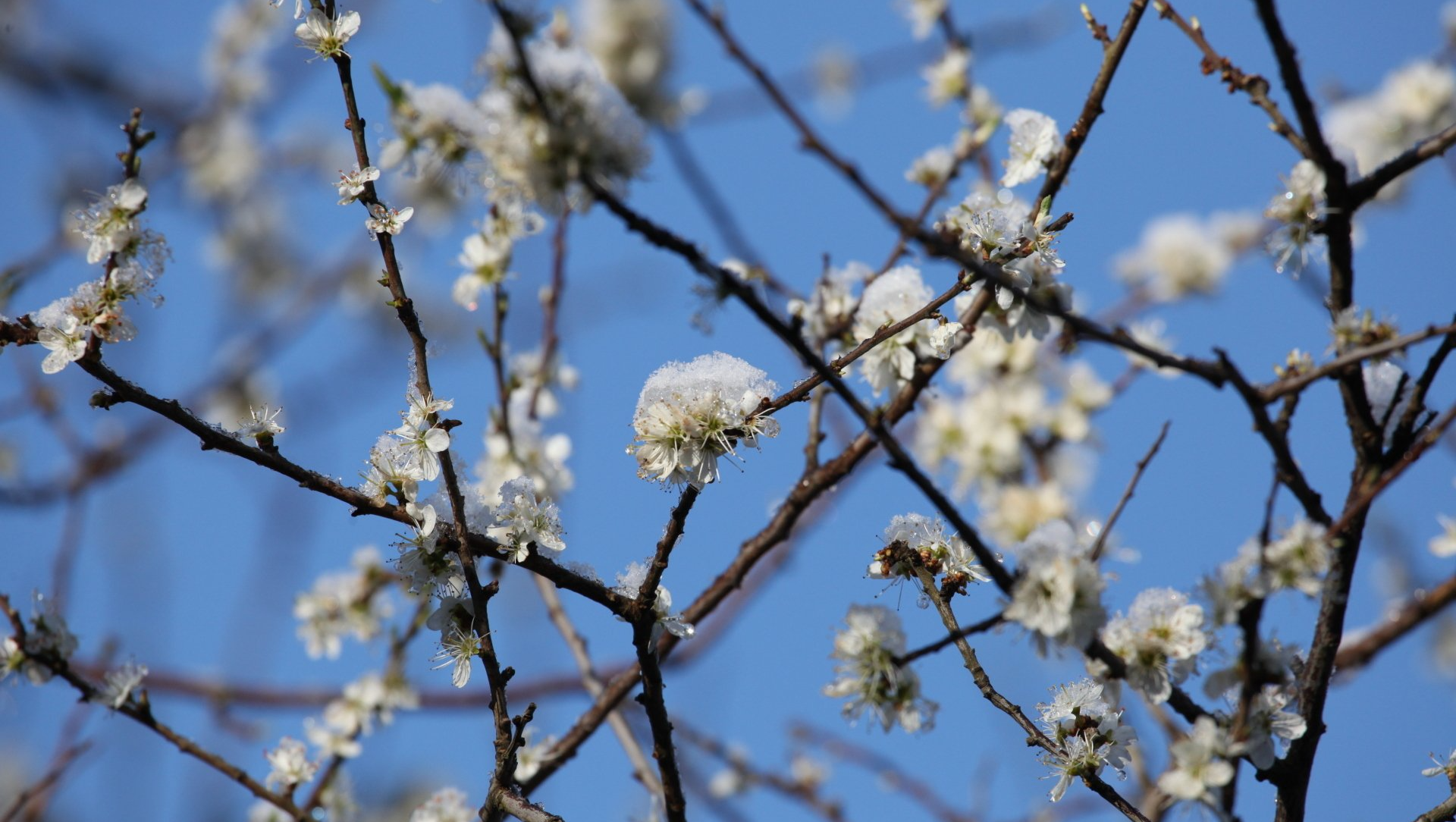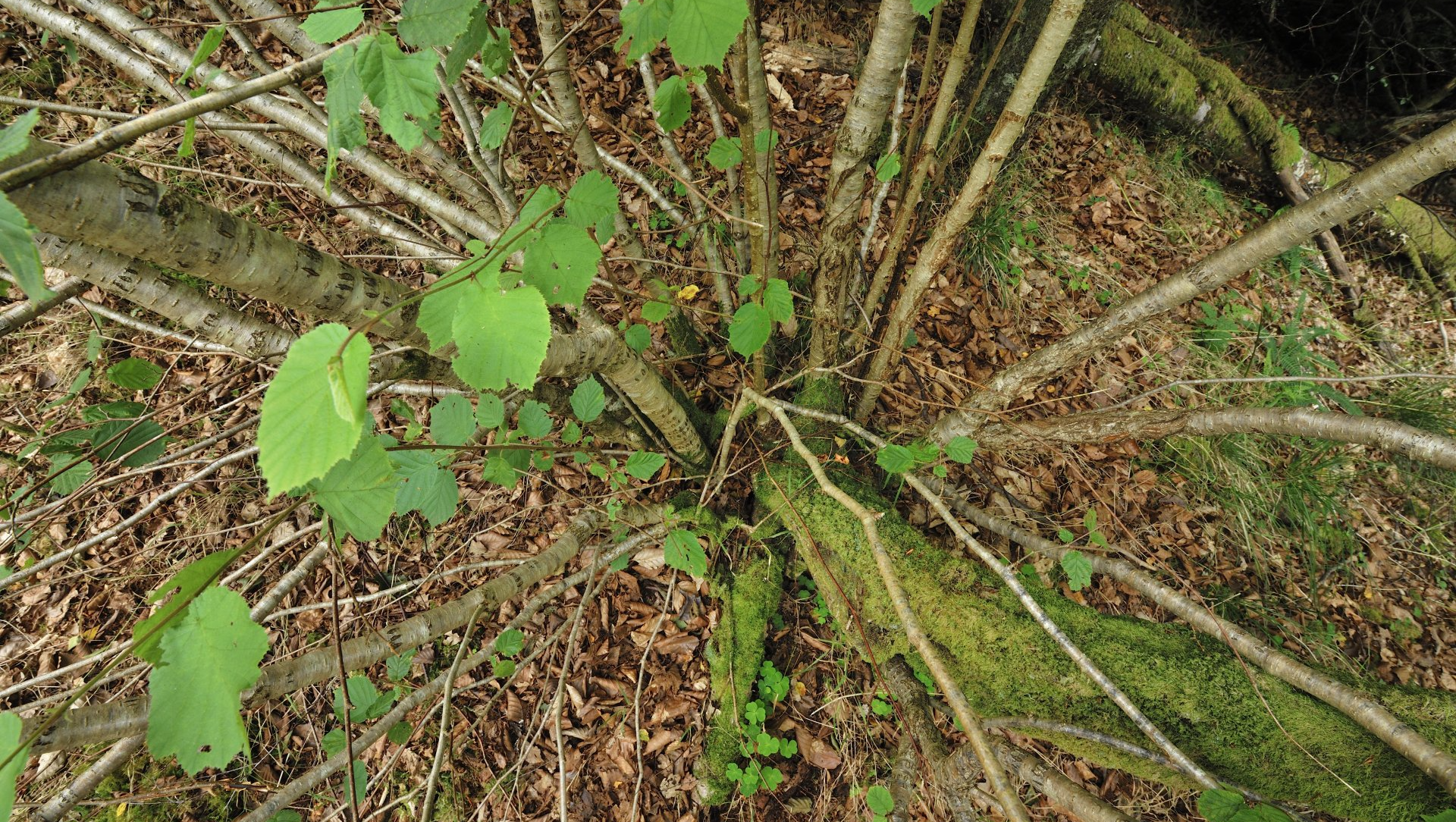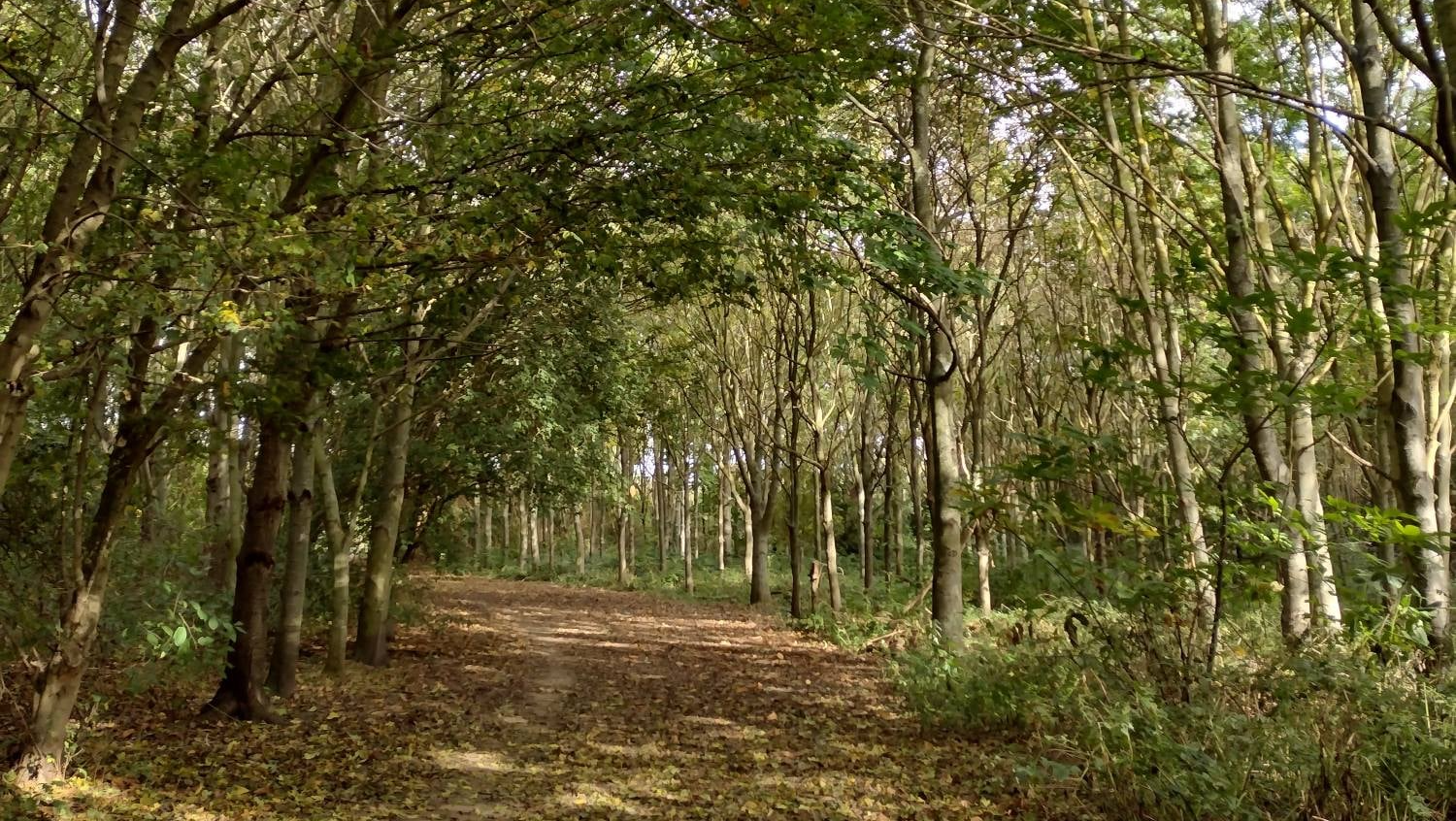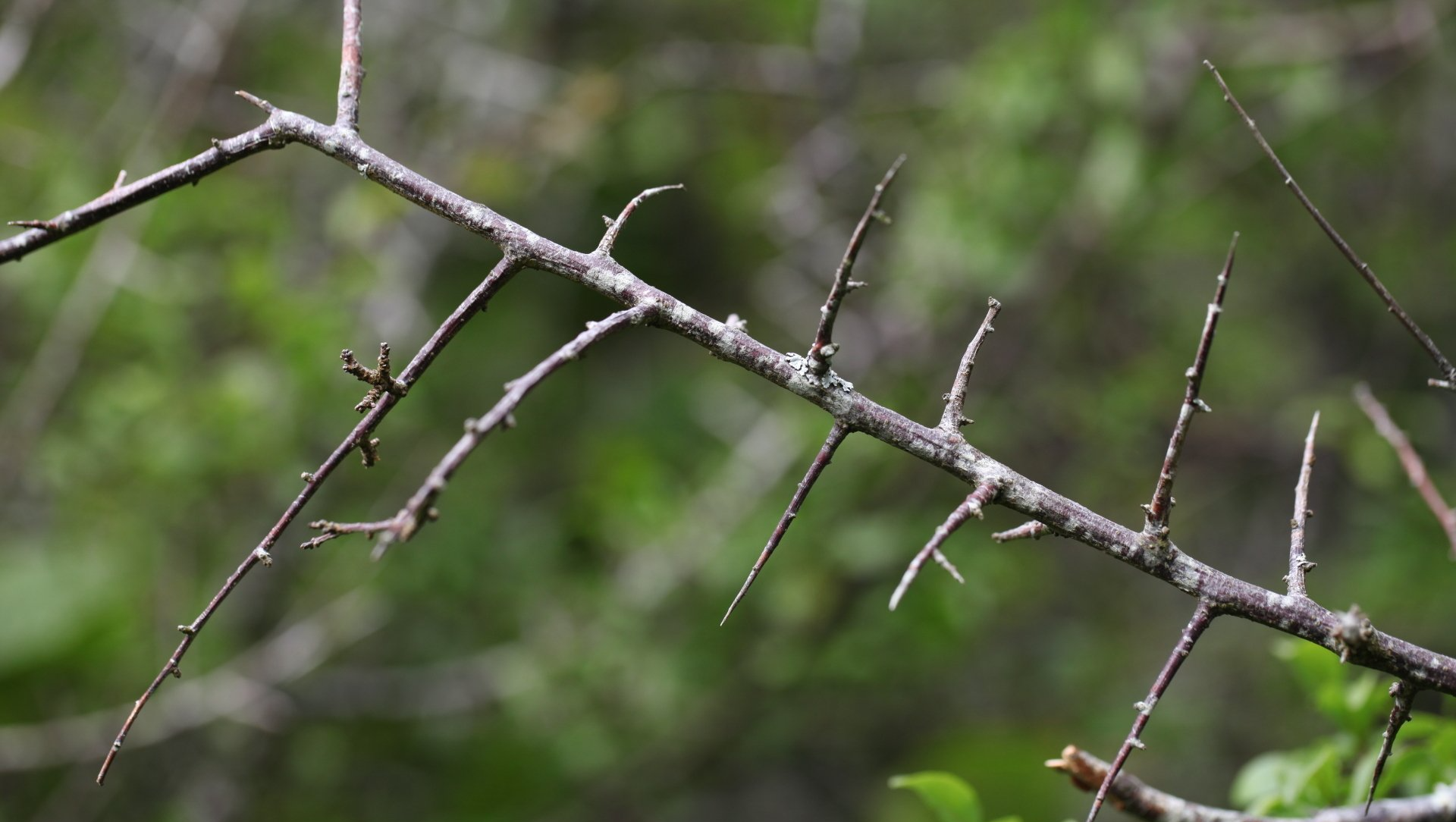Trees - Teaching the Secrets of the Forest
Saving the woodlands that already exist should be our top priority.
That's according to Jerry Kinsley a lecturer in Wildlife and Conservation at Easton College in Norfolk.
In his first piece for WildEast, Jerry argues that we must think intelligently about woodland creation across the region, and that tree planting is not the right answer.

Today we planted the trees
Underneath the wheeling wings
With the breeze in our faces
And in our minds
The thought of the shading leaves
Over the generations to come
Patrick Gordon Duff -Pennington
Planting trees has become the thing to do in the face of catastrophic climate change. For the first time ever tree planting proposals became political, and featured in the 2019 General Election with all the major Political parties competing over their promises of how many trees would be planted. But is tree planting really the way forward?
Saving the woodlands that already exist should be our main priority, but what we see is the destruction of countless ancient woodlands on the route of the environmentally ill-fated HS2 and, nearer to home, the environmental travesty that is the proposed Norwich Western Link Road. Biodiversity Net Gain seems a long way away when we look at the failed planting along the route of the Broadland Northway (the Norwich Northern Distributor Road).

The recent gales which caused such chaos on road and rail are an indication of the increasing frequency of storm events; but they should also be considered an opportunity for our woodlands. Hopefully, we have learnt from the error of overzealous tidying up and replanting that happened after the infamous 1987 gale, but I fear that is not the case. Where fallen trees can be left in situ, they provide continuity of habitat for many years and may well be richer in wildlife than they were as a living tree. We need to move away from gardening our woodlands and allow them to become wild and woolly!
So, if we do decide that we need more trees where should they be planted? Is woodland really the best option? So often we see trees planted in the wrong place, often on habitats that are a lot more valuable than the trees that replace them. Yes, we need many more trees in the uplands, and they are very important in flood control, but not at the expense of the peatlands that they replace. Many of us will remember the ill-conceived tax relief planting on the wonderful and wild Flow country of Caithness and many other areas where internationally important peatlands were drained to attempt growing Sitka Spruce and other alien species.
We need to ask ourselves why we are planting trees on a site and what are our long term objectives - be it wildlife conservation, timber, game management, or amenity use. Once we have decided on these objectives then we should start to plan on creating a woodland, not a plantation! So often we see a planting of trees that are ill suited to the soil type, terrain, and landscape, struggling to escape their tree guards. Even after several decades they will remain a plantation of rows of trees with little diversity in structure and few of the characteristics of a semi-natural woodland.

It is not just the trees we should consider but the shrubs, the ground flora, and the important open spaces of rides and glades that are so important for woodland-loving species. We need to use our local woodlands as a template to replicate the components of these woodlands, not introduce rare species of tree that are only found further afield. Commonplace species are good and will already have associated biodiversity in the vicinity. Planting a solitary Wild Service Tree will not attract associated species from many miles away.
Much planting will take place on former farmland and this high nutrient environment results in intense competition from aggressive arable weeds with few sites taking the time and trouble to reduce nutrient levels.
What are the alternatives to planting? Well, collection and sowing of local seed is popular elsewhere in Europe and in the United States and is a good way of ensuring that the trees that grow are so-called local provenance and are well suited to the prevailing environment. It is possible to buy locally grown trees, but these are usually in short supply and the majority are sorted from tree nurseries in the Netherlands with the seed sometimes being collected from further afield. It may not seem a big deal, but if the flowering and subsequent fruiting period is slightly out of synch then this will have implications for pollinators and other associated species.

If we are looking at process-led conservation, then encouraging natural regeneration of woodlands is certainly the way forward if we want trees that are well-suited to their environmental conditions - for woodlands to develop rather than just a collection of trees. If we are going down this very desirable route, which owes so much to the research of the great Dutch ecologist Frans Vera, then we need to choose our sites very carefully (whether adjacent to existing woodlands, astride hedgerows or as steppingstones between existing woodlands). We also have to accept the unpredictability of this approach as there will be surprises, untidiness, and some chaos, but the end result will be a wild and wonderful woodland.
Jerry Kinsley is a Higher Education lecturer at Easton College, where he teaches on the BSc (Hons) Wildlife and Conservation degree.
New Paragraph
WildEast Blog

Powered by LocaliQ
Follow Us
SIGN UP FOR NEWS & UPDATES
Newsletter Sign Up
Thank you for signing up to our newsletter.
Please try again later.
Privacy / Terms & Conditions / Sitemap
